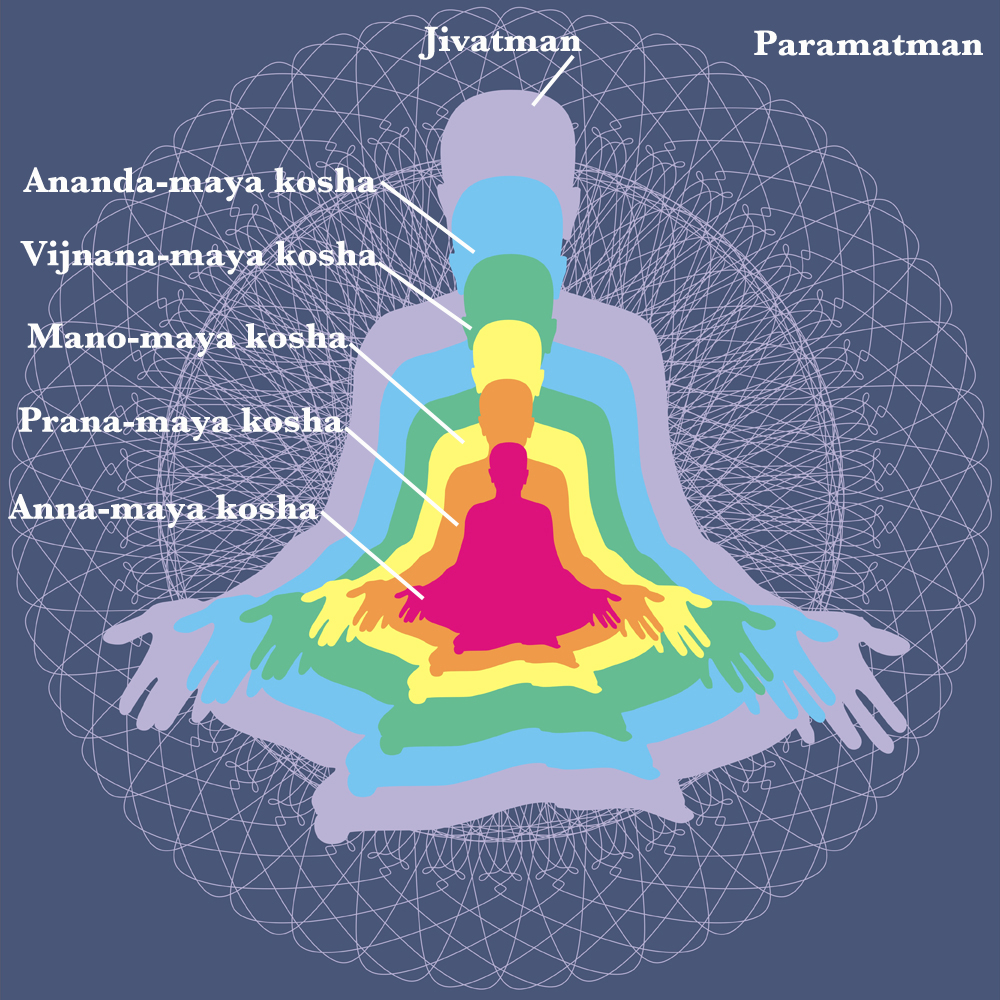Godavari Pushkaram is Great Worship of the Godavari River. Godavari Pushkaram is a Hindu festival being celebrated from 14 July 2015 for a period of twelve days. This festival occurs once every 144 years, corresponding to the 12th recurrence of the 12-year Godavari Pushkaram cycle. The festival starts from the Ashadha (June/July) month on the Chaturdashi day (thithi) (14th day), when planet Jupiter enters the zodiac sign of Leo. The festival is "theoretically" observed throughout the twelve months that the planet remains in that sign, but the first 12 days are considered most sacred. The first 12 days of the Godavari Pushkaram are known as "Aadhi Pushkaram" and the last 12 days are titled "Anthya Pushkaralu". The next Maha Pushkaram will be celebrated in 2159.
River Godavari covers 3 states viz., Maharastra, Telangana and Andra Pradesh. As on day 6 more than 2 crore people have taken holy bath in the river. Yes! you read correct, 2 crore people. This throws challenge to the administration and police to have a peaceful event.
Indian Railways are running 400 special trains to clear the rush to the event. Both state run transport corporations are running 10,000 buses each for the same. In addition private vehicles take to the road. All the roads lead to one of the announced Pushkar Ghat. Even a small issue can cause catastrophe, hence administration have taken help of technology to monitor and guide people.
Police uses wireless communication to send the information about rush, vehicle regulations, medical emergency. They are assisted by NCC members. This information is fed to the control room. Control room also monitors the camera set at many spots on the roads, junctions, ghats and other sensitive places.
Highlight of the technology is the ariel survey of the ghats and roads to know the real time traffic jams, crowd number, their pattern etc., using drones. This is the first time administration is using the technology for such an event.
River Godavari covers 3 states viz., Maharastra, Telangana and Andra Pradesh. As on day 6 more than 2 crore people have taken holy bath in the river. Yes! you read correct, 2 crore people. This throws challenge to the administration and police to have a peaceful event.
Indian Railways are running 400 special trains to clear the rush to the event. Both state run transport corporations are running 10,000 buses each for the same. In addition private vehicles take to the road. All the roads lead to one of the announced Pushkar Ghat. Even a small issue can cause catastrophe, hence administration have taken help of technology to monitor and guide people.
Police uses wireless communication to send the information about rush, vehicle regulations, medical emergency. They are assisted by NCC members. This information is fed to the control room. Control room also monitors the camera set at many spots on the roads, junctions, ghats and other sensitive places.
Highlight of the technology is the ariel survey of the ghats and roads to know the real time traffic jams, crowd number, their pattern etc., using drones. This is the first time administration is using the technology for such an event.




